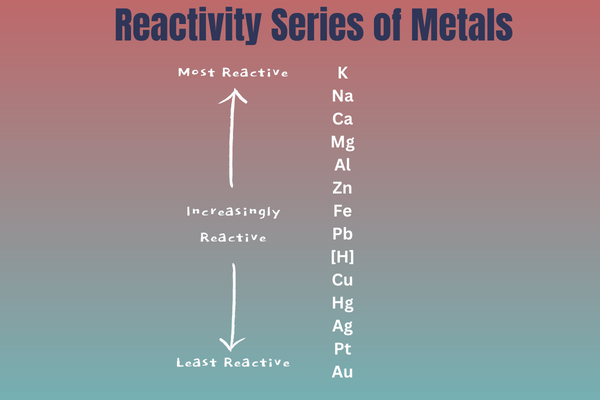The story “How the Dog Found Himself a New Master!” from the NCERT English textbook beautifully narrates the tale of how the dog, once a free animal, decided to become the servant of man. The story explores the reasons behind the dog’s decision to seek a master and how this choice led to the formation of one of the oldest and most loyal relationships between humans and animals.
But what prompted the dog to give up its freedom? Why did it feel the need for a master in the first place? This article delves into the reasons behind the dog’s decision, examining its desire for security, companionship, and strength, while also highlighting the larger themes of loyalty and survival.
1. The Dog’s Desire for Safety and Security

One of the primary reasons the dog felt the need for a master was its desire for safety and protection. In the wild, animals are constantly under threat from stronger predators. The dog, tired of living in fear and having to fend for itself, decided that the best way to avoid danger was to serve someone stronger who could provide protection.
This desire for security reflects a fundamental instinct for survival. By aligning itself with a more powerful master, the dog hoped to live a peaceful life without the constant fear of being hunted. The story shows that the dog was willing to trade freedom for the safety that came with having a strong and capable protector.
2. The Search for Strength and Power
Another reason the dog sought a master was its admiration for strength and power. The dog believed that by serving the strongest creature, it could share in that strength and enjoy a life of dominance and safety. This led the dog to approach several animals in search of the strongest master.
- First, the dog chose the wolf, believing it to be the strongest. However, when the wolf ran away upon seeing a bear, the dog realized that the wolf was not the most powerful after all.
- The dog then chose the bear, thinking it to be stronger. But when the bear avoided a lion, the dog understood that the lion was more powerful.
- Finally, when the dog began serving the lion, it felt secure. But upon witnessing the lion’s fear of man, the dog realized that man was the strongest of all.
This journey highlights the dog’s logical approach in seeking a master—it wanted to serve someone invincible. In its quest, the dog ultimately discovered that humans were the most powerful beings, capable of overcoming even the fiercest animals.
3. The Need for Companionship and Belonging
Beyond strength and safety, the dog also felt the need for companionship. In the wild, survival often depends on forming groups or packs. The dog’s decision to find a master reflects its instinctual desire to belong to a community where it could have a purpose and connection with others.
Serving a master provided the dog with a sense of belonging. It was no longer alone; it had someone to follow, protect, and depend on. This companionship, based on loyalty and trust, eventually became the foundation of the dog-human relationship, where dogs are seen as loyal friends and protectors of humans.
4. Avoiding the Struggles of Independent Living
Life in the wild is filled with challenges—finding food, shelter, and protecting oneself from predators. The dog realized that by serving a master, it could avoid these struggles. Instead of hunting for food or fighting for survival, the dog could live comfortably under the protection of a strong master who would provide for its needs.
This practical decision shows the dog’s intelligence and willingness to adapt for a better quality of life. It understood that serving a powerful master was a small price to pay for a life free from the daily hardships of survival.
5. Recognition of Man’s Superiority
The dog’s journey from serving the wolf, bear, and lion to ultimately choosing man highlights its recognition of human superiority. The dog observed that even the strongest animals feared man. Humans possessed not only physical strength but also intelligence, which allowed them to tame and control other creatures.
By choosing man as its master, the dog acknowledged that humans were the ultimate rulers. This decision laid the foundation for the unique bond between dogs and humans, characterized by mutual dependence—humans provided care and protection, while dogs offered loyalty and companionship.
Conclusion
The dog felt the need for a master because it desired safety, strength, companionship, and a better life free from the struggles of the wild. Its journey in search of the strongest master led it to recognize that man was the most powerful and capable of providing protection and care.
This story beautifully illustrates how the dog’s loyalty and man’s leadership formed one of the most enduring relationships in history. By choosing man, the dog secured a life of comfort and security, while humans gained a faithful friend and protector. The narrative reminds us that sometimes, true freedom lies in choosing the right bonds, and in loyalty and companionship, one can find both purpose and peace.

Rahul Kumar is a passionate educator, writer, and subject matter expert in the field of education and professional development. As an author on CoursesXpert, Rahul Kumar’s articles cover a wide range of topics, from various courses, educational and career guidance.



